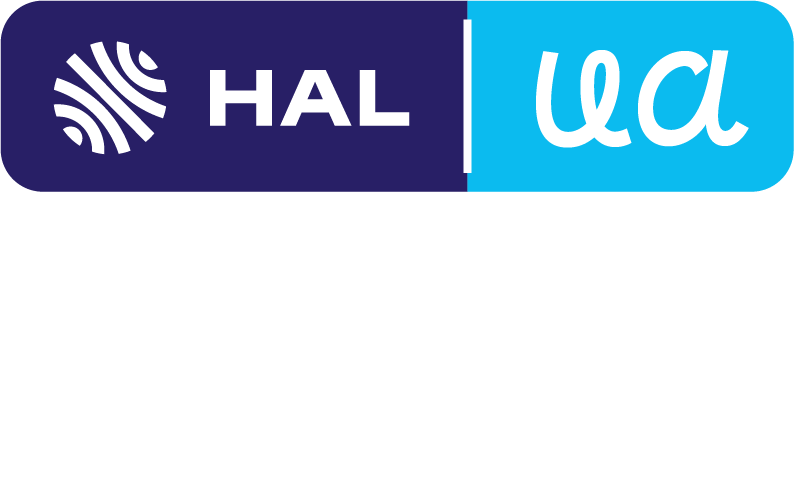Comparison of Elastography, Serum Marker Scores, and Histology for the Assessment of Liver Fibrosis in Hepatitis B Virus (HBV)-Infected Patients in Burkina Faso
Résumé
AbstractLiver fibrosis (LF) must be assessed before talking treatment decisions in hepatitis B. In Burkina Faso, liver biopsy (LB) remains the “gold standard” method for this purpose. Access to treatment might be simpler if reliable alternative techniques for LF evaluation were available. The hepatitis B virus (HBV)-infected patients who underwent LB was invited to have liver stiffness measurement (Fibroscan) and serum marker assays. Fifty-nine patients were enrolled. The performance of each technique for distinguishing F0F1 from F2F3F4 was compared. The area under receiver operating characteristic (AUROC) curves was 0.61, 0.71, 0.79, 0.82, and 0.87 for the aspartate transaminase to platelet ratio index (APRI), Fib-4, Fibrotest, Fibrometre, and Fibroscan. Elastometric thresholds were identified for significant fibrosis and cirrhosis. Combined use of Fibroscan and a serum marker could avoid 80% of biopsies. This study shows that the results of alternative methods concord with those of histology in HBV-infected patients in Burkina Faso. These alternative techniques could help physicians to identify patients requiring treatment.
